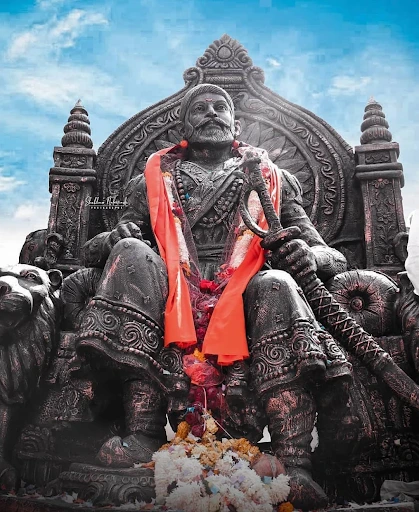A glimpse of Ayurveda from the Maratha Empire period

A glimpse of Ayurveda from the Maratha Empire period
Shiv Jayanti is the celebration of the birth anniversary of Chhatrapati Shivaji Maharaj. Shivaji Maharaj is considered a valorous warrior for his innovative military tactics and a skillful administrator. The Maratha Empire dominated a large part of the Indian subcontinent in the 17th century.
We often feel curious about the diet of Maratha warriors, healthcare principles at that period and emergency management during wars because at that Era, modern medicine was at developing stage and not introduced in India.
The Maratha empire period was flooded with constant wars. War injuries, animal attacks, injuries and poisoning by animals during traveling was part of life.
But this Era was enrooted richly with the principles of traditional Ayurvedic systems.
Here are some references that reflect Ayurvedic principles embedded in day today practices.
- Ayurvedic principles of Dinacharya (daily routine care), Ritucharya (seasonal care), diet according to Prakruti, region and occupation were seen to be followed by every individual. Many medicinal plants were part of recipes. Eg – vegetables made up of Shevaga (moringa), Haladi (turmeric), Aaghada (Achyranthes aspera) etc.
- Tupachi Vihir (Well filled with ghee)- We often come to know that many forts have been seen with remnants of a well which was used as Tupachi vihir at that period.
According to Ayur-Ved, Puran ghrita (stored old ghee) is very useful in wound healing. Hence that stored ghee was used for large scale wound management during wars. - References also showed that turmeric, amba halad (mango ginger), turati (Aluminum Sulphate crystals) and guggul (gum resins) were used in active wound management.
- Rajvaidya was associated with every king. He was seen to be an expert in Nadi Pariksha (pulse diagnostics), poison diagnosis and expert in using unique ayurvedic formulations.
- Ashtavidha Pariksha, especially Nadi Pariksha was one of the important tools seen to be used for diagnostic purposes.
References also showed that Rani Sai bai was also diagnosed with postpartum osteoarthritis and fever at that period. She was treated for the same with principles of Ayurveda. - Diagnosis based on Tridosha and processes like purgation, emesis were commonly used for vitiated Dosha. Ayurvedic formulations like churna (powdered form of drug), kadha (decoction), arishtha (fermented forms) were also part of medicinal systems.
- In extreme critical cases and poisoning, medicinal plants like kuchala (Nux-vomica), bhang (cannabis), and opium were seen to be used.
- Sutika paticharya (Postpartum care)

Shivneri Fort

Sutika Room
At Shivneri fort, the sutika room is exactly similar as per Ayurveda.
Period of the Maratha empire is altogether different with healthcare challenges, but it was enrooted with Ayurveda.
Chhatrapati Shivaji Maharaj is synonymous with strength, courage, discipline and tactics.
This Shivajayanti, lets Introspect your health for better strength and good Quality of Life.
निश्चयाचा महामेरू
बहुत जनांसी आधारू
अखंड स्थितीचा निर्धारू
श्रीमंत योगी II
Author:
Dr. Gayatri Kulkarni – Mulye
MD (Ayurved)
Blogger @ Turyaa Wellness
For regular updates, like and follow:

